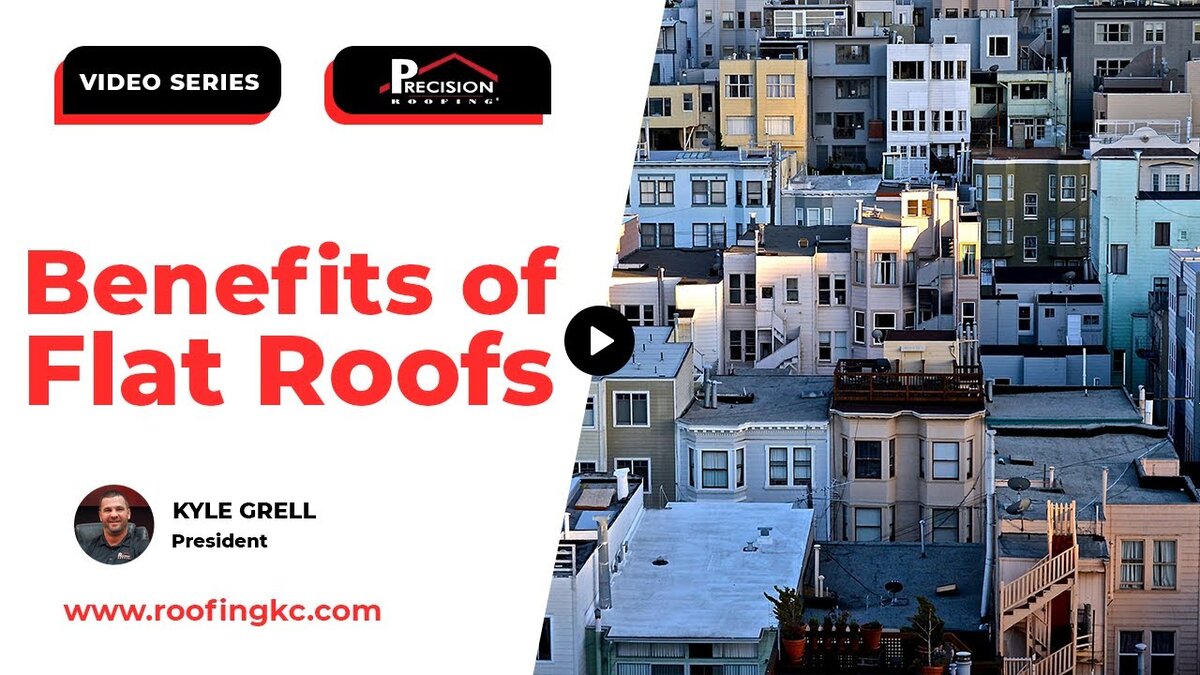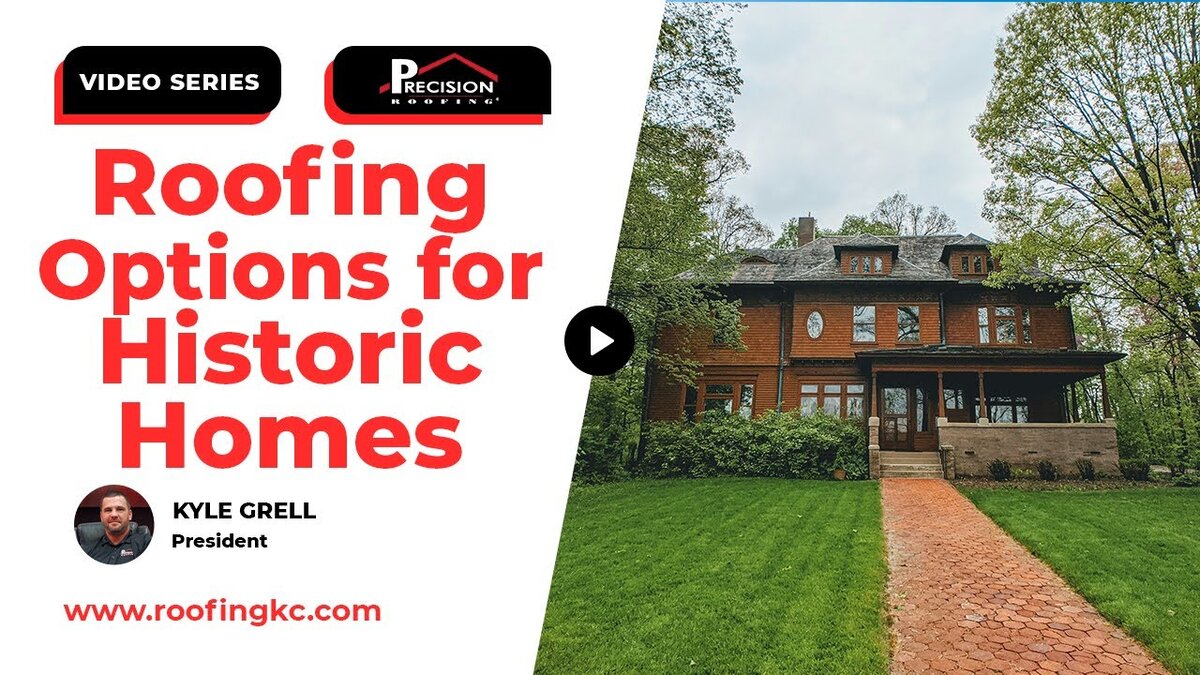Flat roofs are one of the most practical and efficient choices for commercial properties. We’ve seen firsthand how this style of roofing helps businesses save money, improve property functionality, and unlock unique design opportunities. From being cost-effective to accommodating modern enhancements like green roofs and solar panels, flat roofs offer a range of advantages. Below, we’ll explore why flat roofs might be the ideal solution for your commercial property.
Cost Savings and Construction Efficiency
One of the biggest benefits of flat roofs is the cost. Compared to sloped roofs, flat roofs require fewer materials and less labor. Since there’s no need for complex rafters and intricate sheathing systems, installation is faster and less expensive.
Another factor is height restrictions. Many commercial properties, especially in urban areas, face building height regulations. A sloped roof would increase the height of your building, which may not be feasible. Flat roofs provide a sleek, low-profile option that maximizes your space without exceeding those limits.
Flat roofs also allow for greater expansion on larger commercial properties. With a sloped roof, the building would require more complex structural components like valleys and custom rafters. In contrast, flat roofs allow for simple rectangular or square designs, making it easier to build out large-scale structures like warehouses, hospitals, or schools.
Expanded Design Possibilities
Flat roofs offer more flexibility in building design. Sloped roofs are limited by how far trusses can span, and the need for valleys and angles can make the building layout complicated. With flat roofs, you avoid those limitations. This makes them ideal for large commercial buildings that require straightforward, open designs.
Think of large commercial facilities like hospitals, schools, and industrial warehouses. They almost always feature flat roofs because they’re more practical for large buildings with significant square footage. A flat roof ensures that the internal layout remains simple and efficient.
Maintenance and Longevity
Maintaining a flat roof is straightforward if it’s properly installed and has a solid warranty. While sloped roofs rely on gutters, flat roofs have drains and scuppers to prevent water buildup. Keeping these drainage systems clear is one of the main maintenance tasks.
Flat roofs are also easier to inspect than sloped roofs. Since the surface is accessible, routine inspections for wear and tear are simpler and safer to conduct.
Key Maintenance Tasks
Here are a few maintenance tasks to keep your flat roof in top shape:
- Clear drains and scuppers regularly to prevent clogging.
- Inspect areas where the roofing membrane meets walls, particularly if your property has block or brick walls. Look for cracks or gaps that may need resealing.
- Check flashing and parapet walls for signs of wear. Some roofs have counter flashing or cut metals that may require occasional resealing or recoating.
Proper maintenance ensures that your flat roof can last just as long as a sloped roof, providing long-term value and performance.
Modern Features for Flat Roofs
Flat roofs today offer a variety of modern options that enhance both functionality and aesthetics. Whether you want to create a green space or install solar panels, flat roofs provide the perfect platform.
Popular Modern Add-Ons
- Green roofs: These eco-friendly roofs improve insulation, reduce heat absorption, and provide a pleasant outdoor area.
- Rooftop patios: With interlocking pavers, you can transform your flat roof into a walkout patio or break area.
- Solar panels: Installing solar panels on flat roofs is easier than on sloped roofs. Some systems even come with motorized brackets that adjust throughout the day for optimal sun exposure.
Additionally, some flat roofs are designed with parapet walls that help hide rooftop equipment like HVAC systems, skylights, or solar panels. This ensures the building maintains a clean, professional exterior appearance while maximizing functionality.
Hidden Benefits of Flat Roofs
Because flat roofs often include parapet walls, they provide an opportunity to create functional spaces that are hidden from public view. Whether it’s a green roof, a break area for employees, or equipment installations, these additions remain out of sight, ensuring your building looks neat and uncluttered.
Additional Benefits for Commercial Properties
Flat roofs are particularly beneficial for commercial properties with unique requirements. For example, if your property needs additional outdoor space, flat roofs can accommodate that. You can install walkways, set up recreational areas, or even build rooftop gardens that enhance the overall utility of your building.
Moreover, modern flat roof systems are compatible with advanced technologies like solar tracking systems. These systems allow solar panels to tilt throughout the day, maximizing sun exposure and energy efficiency.
In Summary
Flat roofs offer numerous benefits for commercial properties, from cost savings and design flexibility to easy maintenance and modern features. Whether you’re looking to reduce construction costs, meet building height restrictions, or create a functional outdoor space, flat roofs provide a reliable solution. Plus, with the ability to install solar panels or green roofs, you can further enhance your building’s efficiency and sustainability.
If you’re considering flat roof services for your commercial property, contact us today. Our team at Precision Roofing specializes in installing durable, high-quality flat roofs designed to meet your business’s unique needs.




